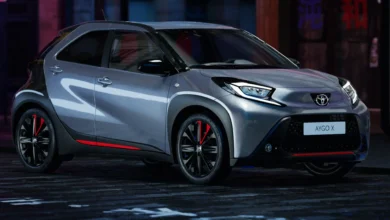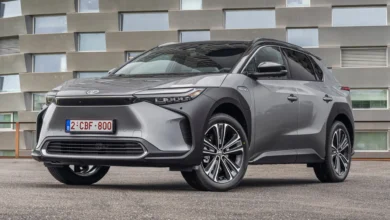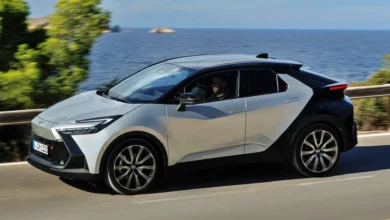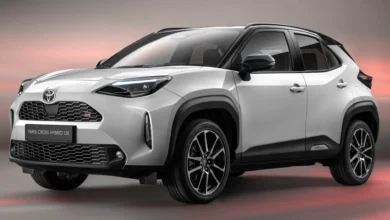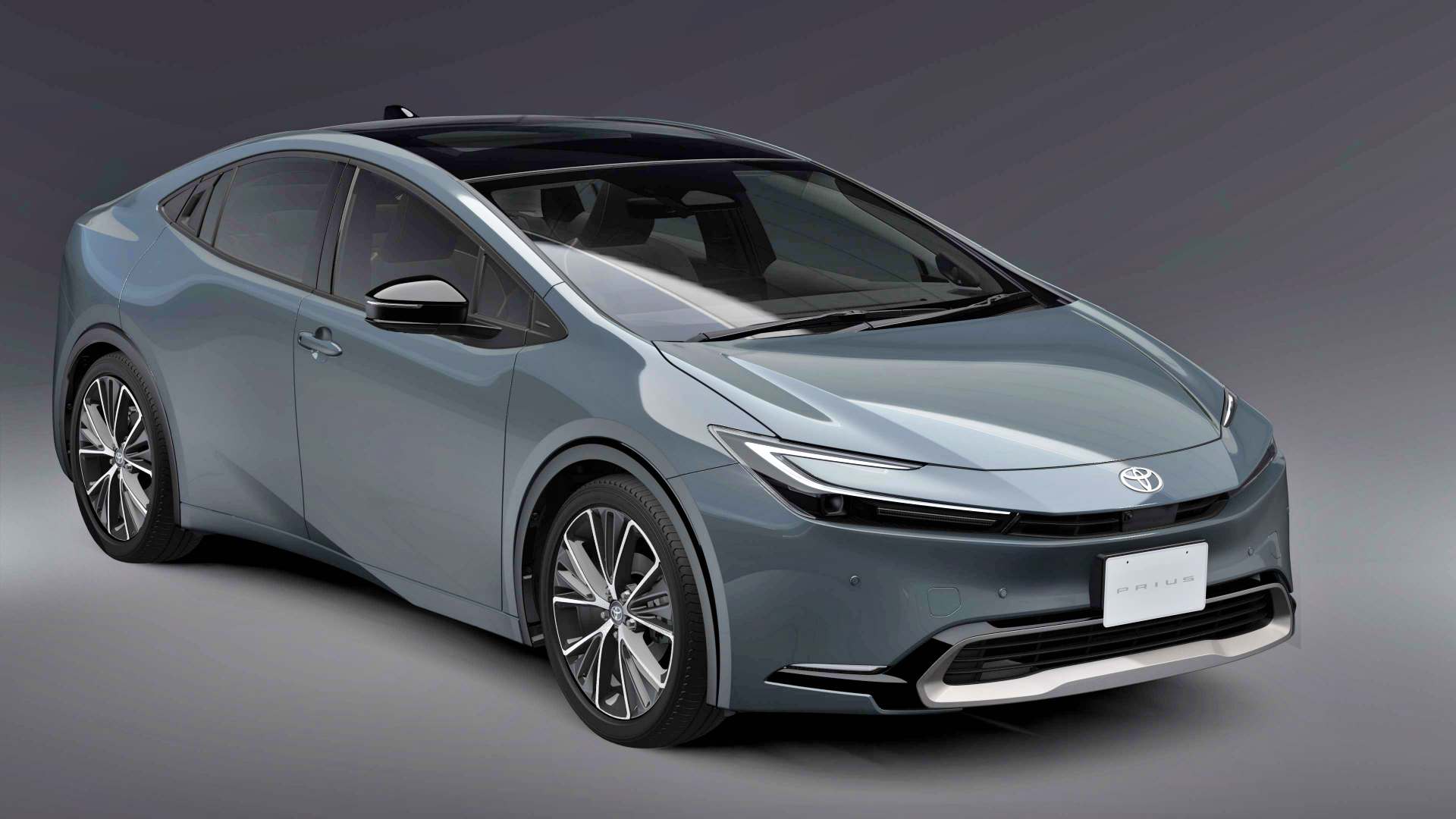
Born in 1997, the Toyota Prius was during the first bars of the millennium one of the greatest references in the world in terms of sustainable mobility. This pioneer achieved planetary success with its second and third generations thanks to its high efficiency, its reliability, and its recognizable kammback silhouette, which made it a true icon.
However, the arrival of the fourth generation in 2015 changed everything, since its launch the sales of the once-popular model plummeted, something that can be explained for several reasons. To begin with, by then Toyota had already hybridized a large part of its range (Yaris, Corolla, RAV4…), so customers had more to choose from.
To distinguish it from its siblings, the Japanese firm decided to turn the Prius into a “halo” car, with a very extravagant design, higher rates, and avoiding approval as a taxi. This strategy did not turn out to be the most successful from a commercial point of view. To all this, we would have to add the rise of electric cars, which have replaced hybrids as a reference in sustainability within the collective imagination.
But Toyota does not throw in the towel with the Prius, as its newly introduced fifth generation comes completely renewed to win back the general public. As the main novelty, from now on it will only be available as a PHEV (plug-in hybrid), an option already present in the third and fourth generations as an alternative to the HEV (hybrid).
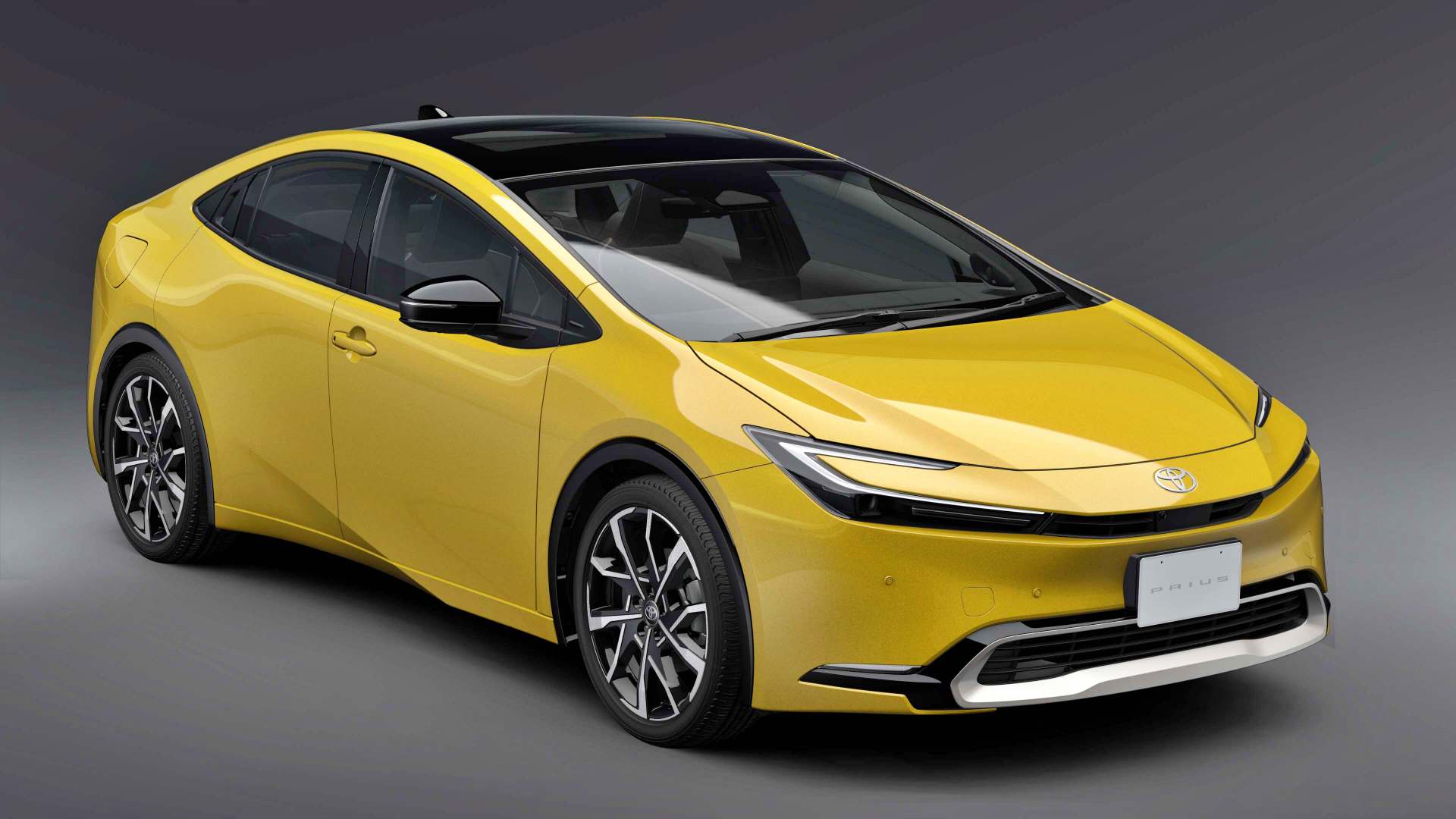
The Toyota Prius will arrive in Europe in the spring of 2023
The Toyota Prius is still a sedan in the C segment (compact). It measures 4.49 meters long, 1.78 meters wide, and 1.41 meters high, with a wheelbase of 2.75 meters. Although it maintains its aerodynamic kammback silhouette, it now sports a much sportier aesthetic and is not without a certain elegance, with a front featuring slim C-shaped LED headlights.
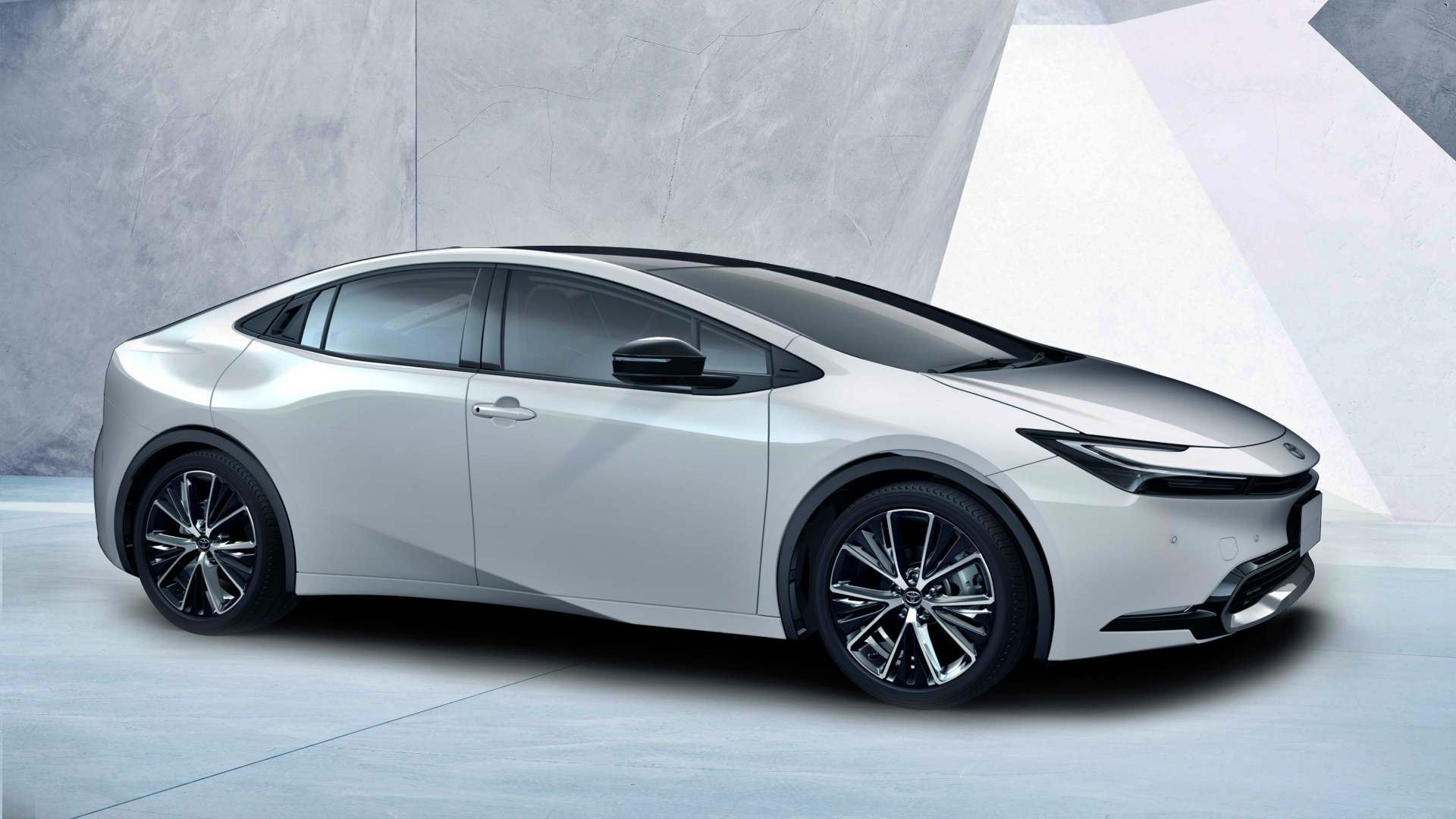
Although the company has opted for rounded lines for the new Prius, some elements such as the reduced overhangs, the rear door handle hidden in the C-pillar, or the 19-inch wheels give it a more dynamic touch. The pilots join the width of the gate, sharing prominence with the name of the model in a large format.
The cabin is divided into three areas: 7-inch floating instrumentation, driving position, and environment. The dashboard follows a typical Toyota design, with a huge horizontal touch screen that, like the digital panel, is not integrated into the dashboard. The car is still approved for five seats.
The renewed Toyota Prius makes use of the second-generation GA-C platform, an architecture that improves the torsional rigidity of the chassis and lowers its center of gravity. Although not all its technical specifications have been revealed, it is confirmed that it will use a 148 hp 2.0 gasoline engine and a 160 hp electric unit. Combined, both engines will put out 223 horsepower.

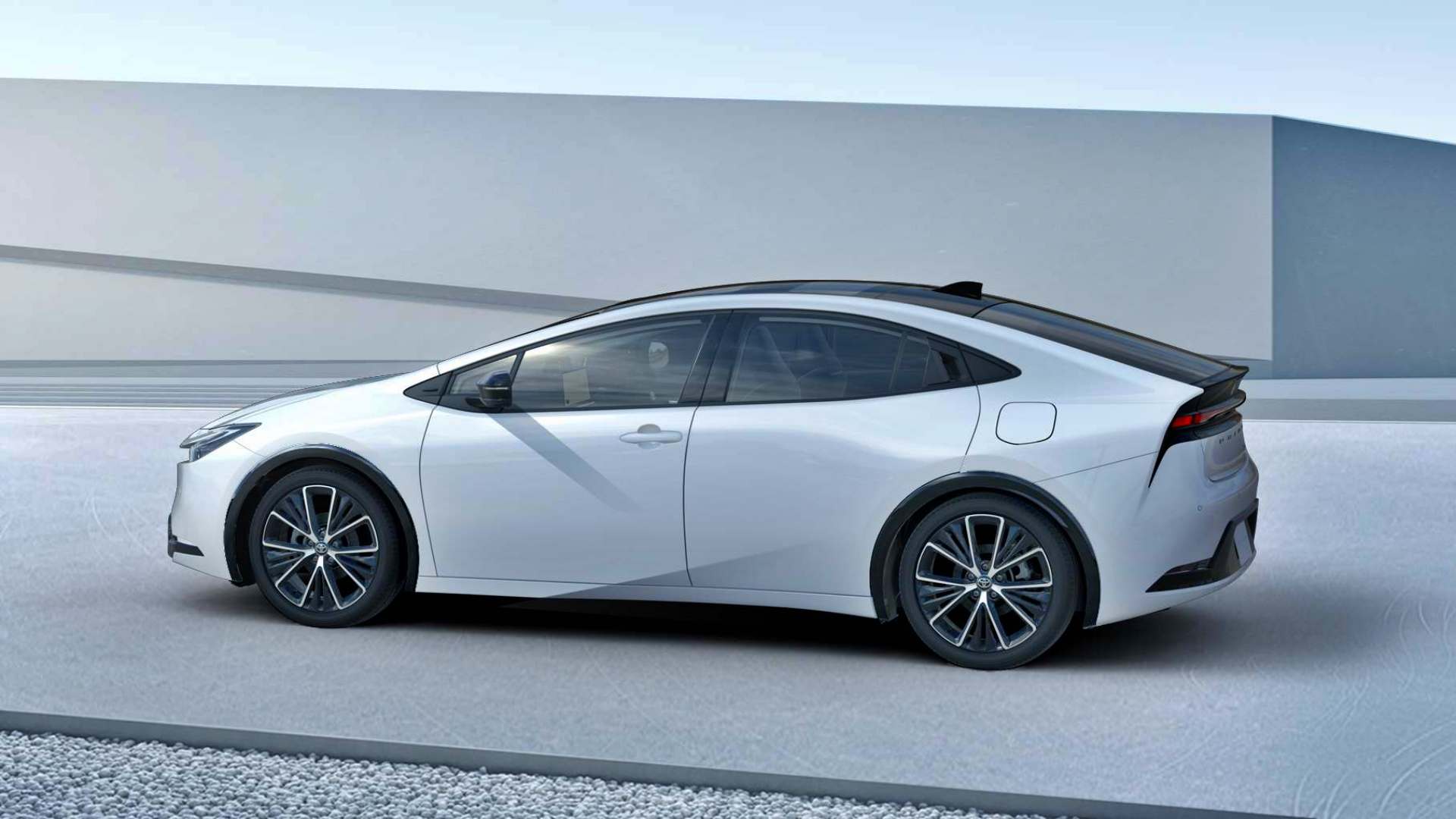
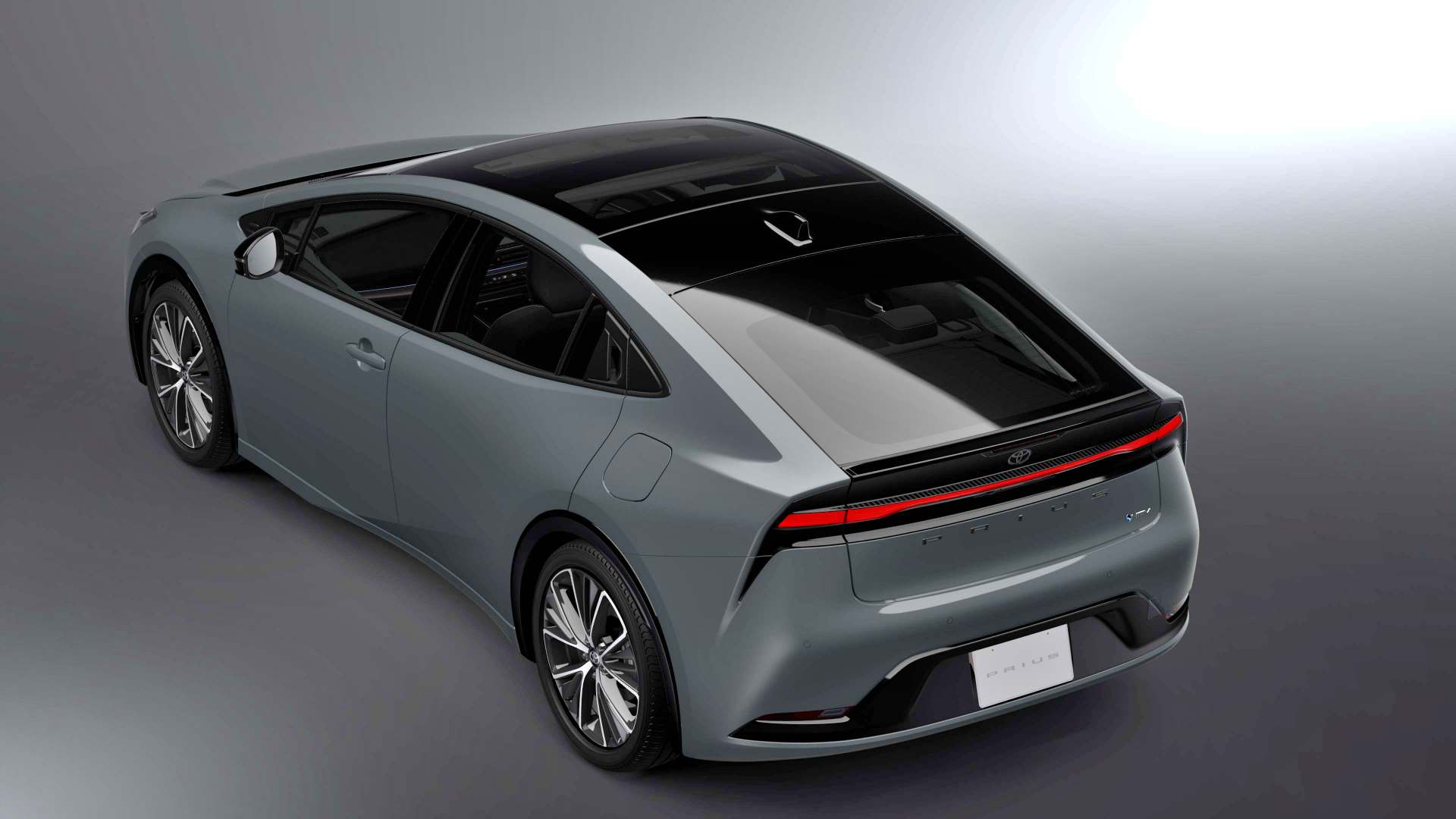
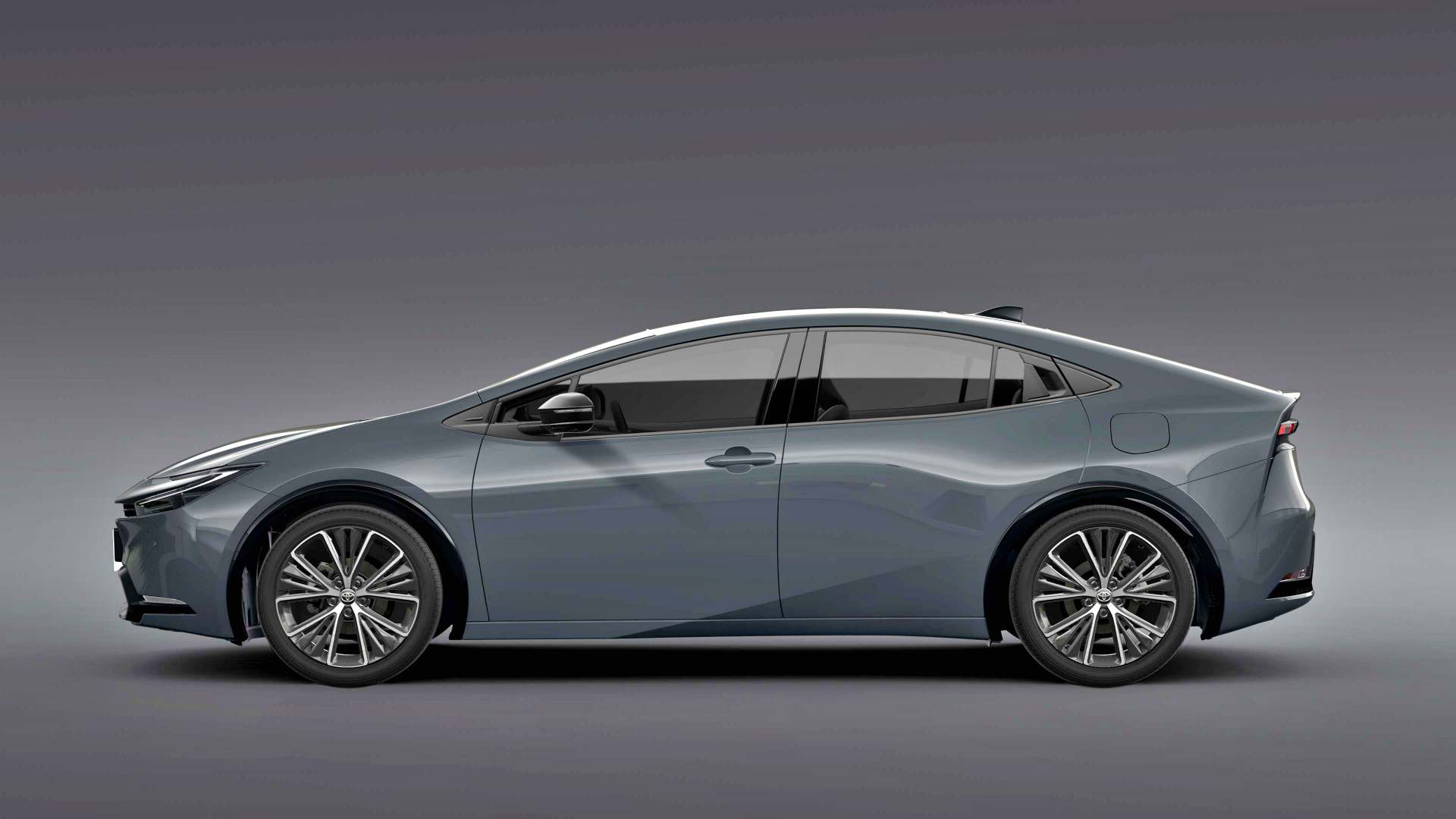
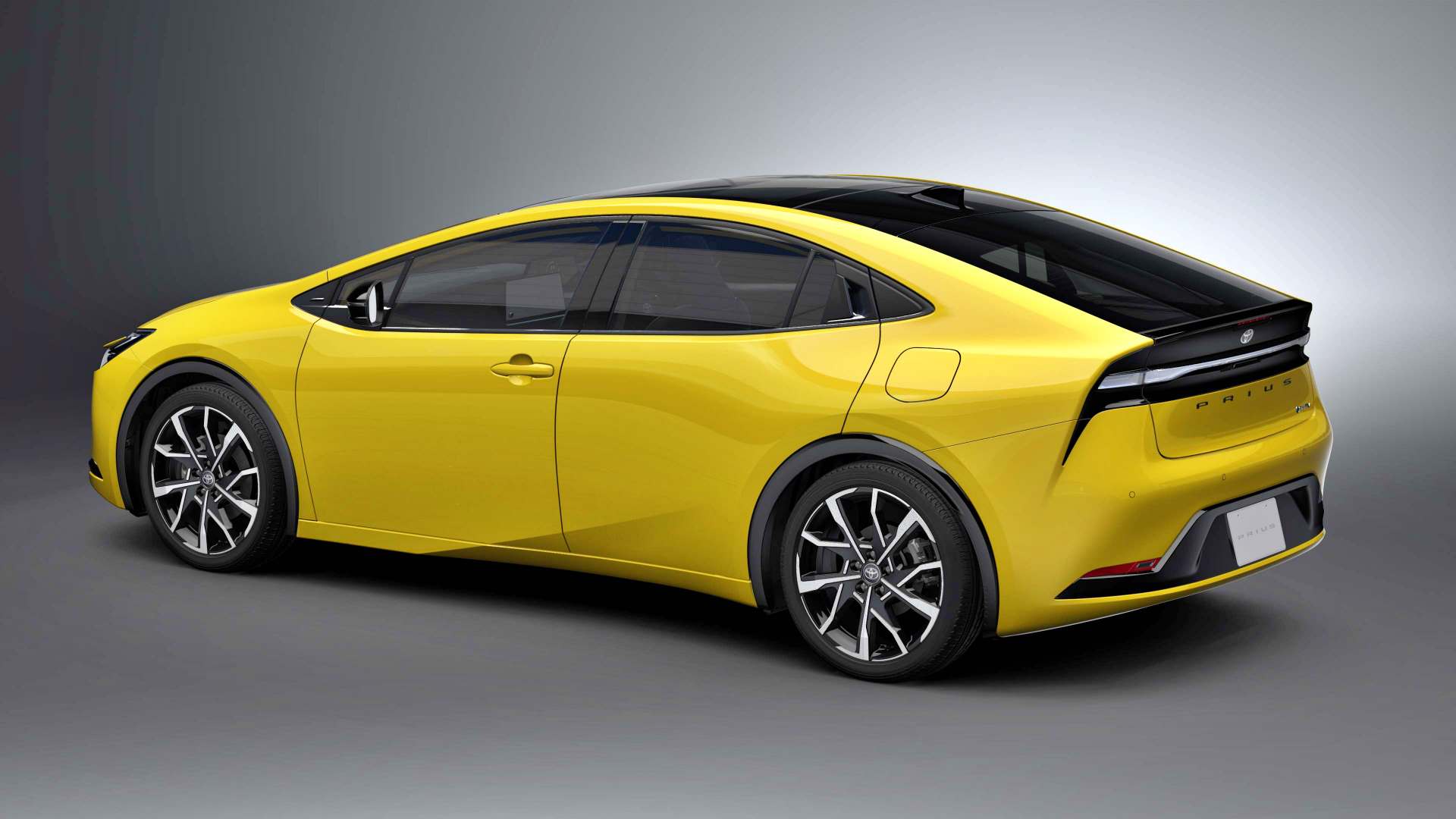

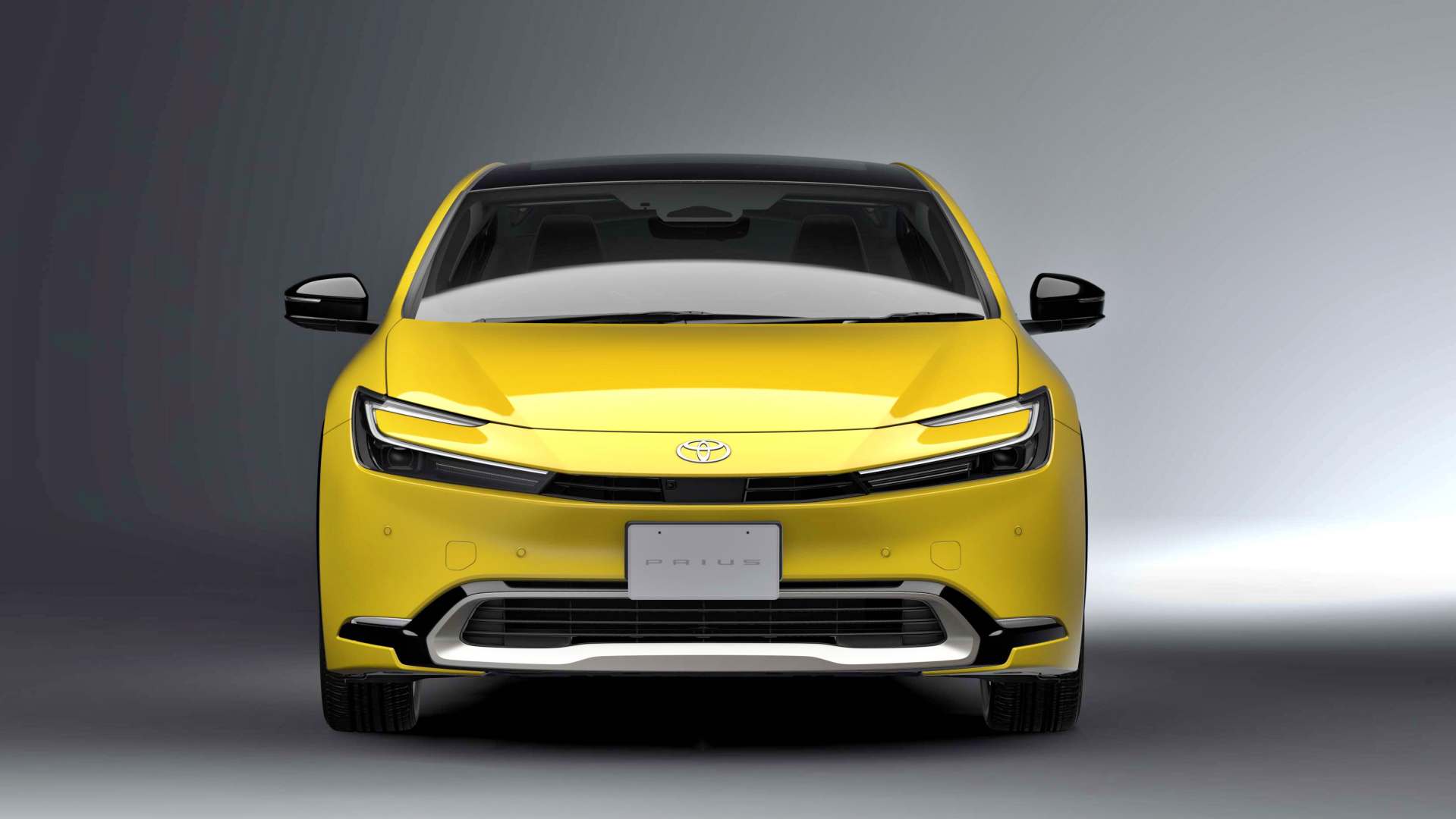
The battery pack will be housed under the rear seats and will have a capacity of 13.6 kWh. Optionally, the vehicle can equip a roof with solar panels to power some equipment. Toyota will announce the rest of the data on December 5, while its arrival on the European market will take place in the spring of 2023.

